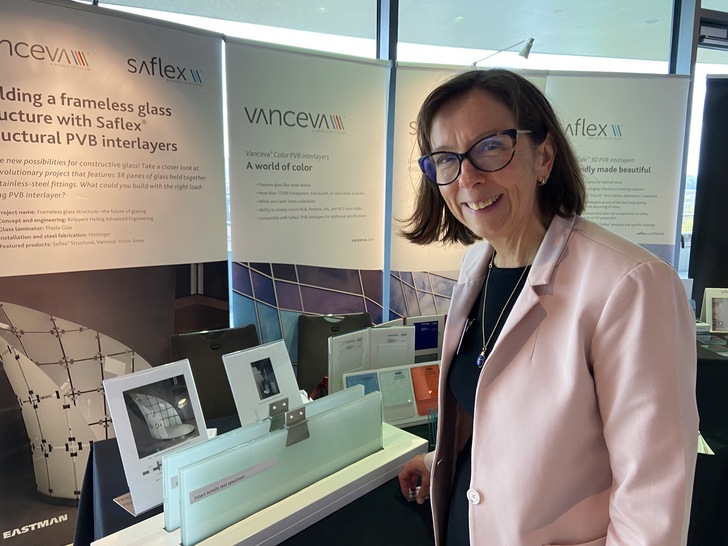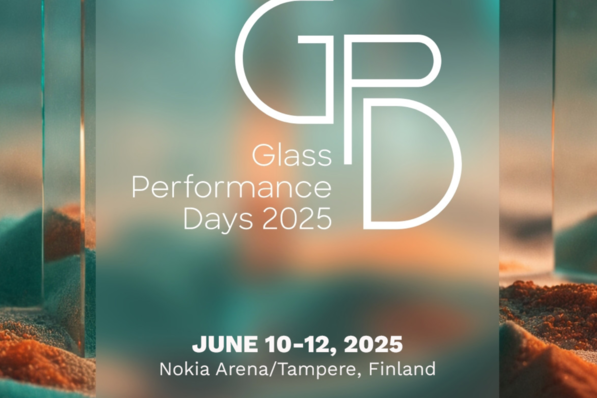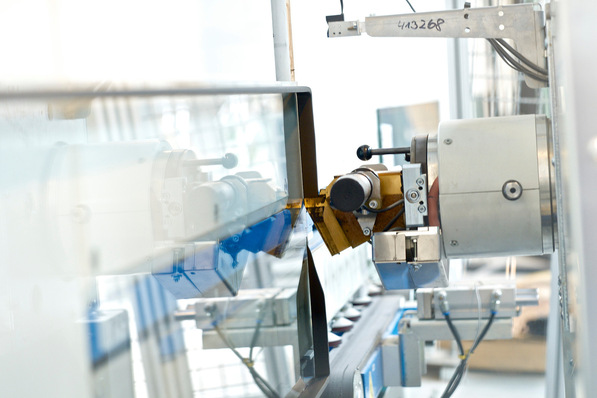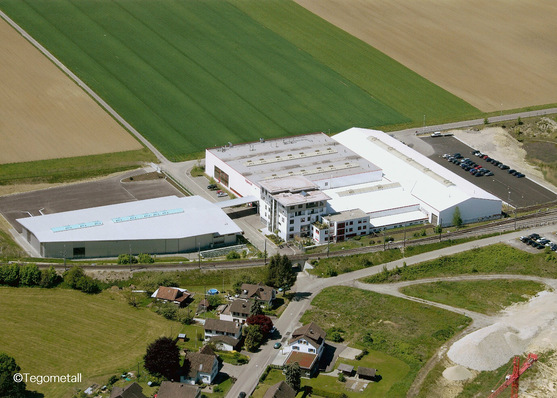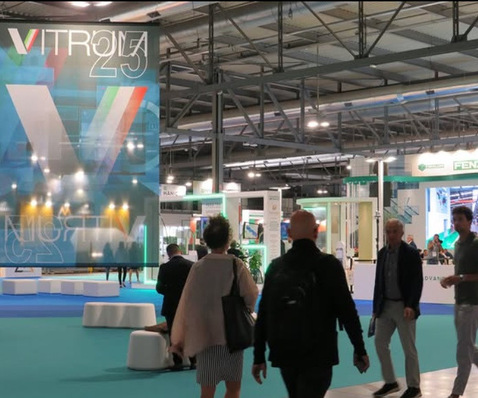In the Kursaal in Bern, the speakers as well as the exhibiting companies informed the participants of the Advanced Building Skins 2022 about new concepts, current developments and new materials for the "facades of the future". This time, more than 400 participants from all over the world travelled to Switzerland to find out about the latest developments in the facade segment.
The speakers were as international as the visitors - mainly architects and facade planners. However, the speakers did not only focus on the construction and design of the building envelope, but also on the closely related topics of recycling and circular economy with regard to facades, glass and the associated construction elements and the materials used.
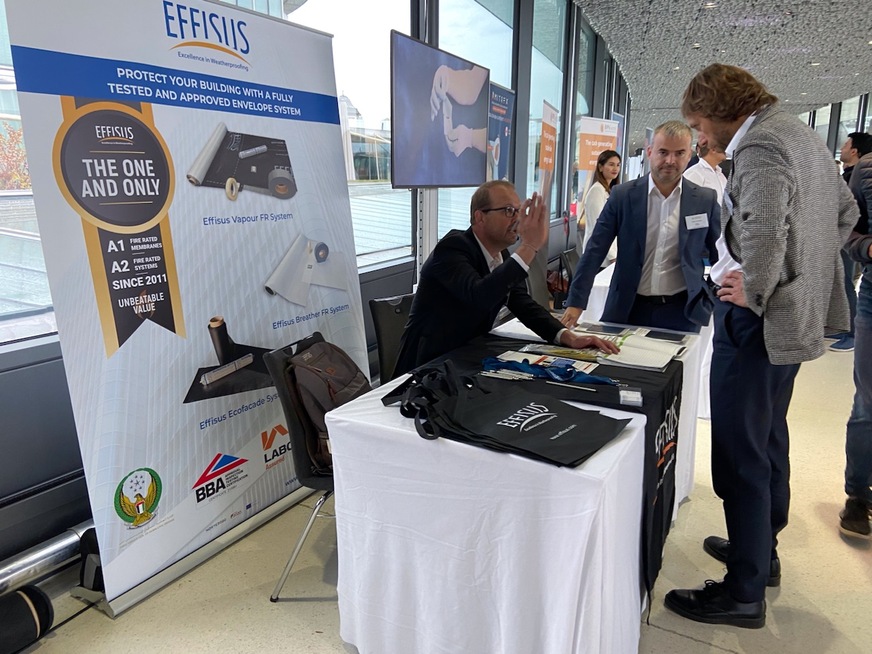
Matthias Rehberger / GLASWELT
This time, in addition to representatives of well-known facade manufacturers, the speakers included many glass specialists, including from Saint-Gobain Glass, Okalux and AGC.
The exhibition, an important part of the event
The conference was rounded off by an exhibition in the foyer of the Kursaal. There, mainly companies from the facade construction segment presented themselves, as well as specialised suppliers from the photovoltaic and facade-integrated PV segments and flat glass; some consulting firms, e.g. for fire protection, were also represented there.
In a conversation between GLASWELT Magazine and the exhibitors, they were very satisfied with the quality of the visitors. Andreas Bittis from Saint-Gobain commented: "For us, participation as an exhibitor was really worthwhile. Many conference visitors already came to us specifically with questions about products or projects in order to find out about implementation and execution. "
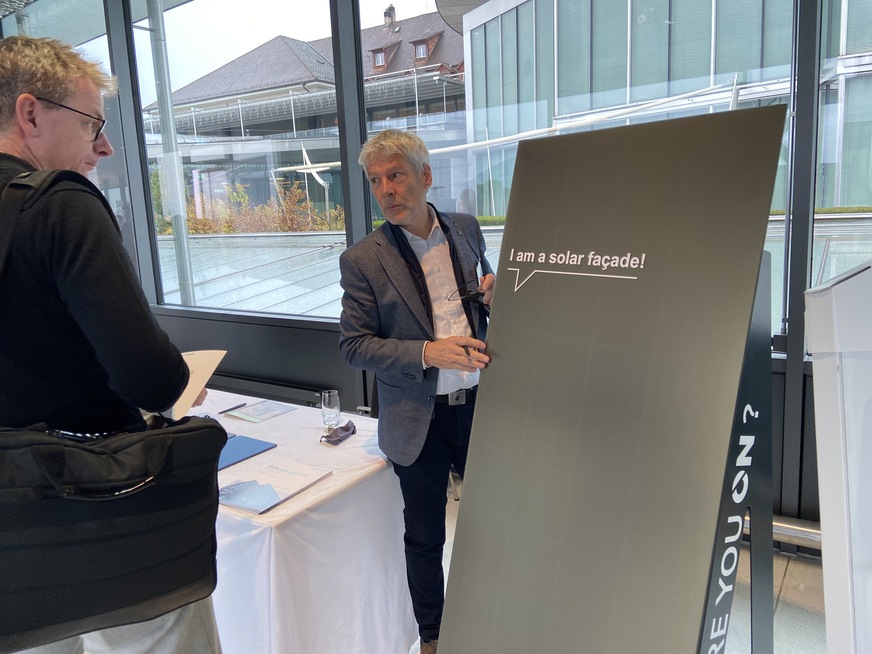
Matthias Rehberger / GLASWELT
In general, the exhibitors were very satisfied with the quality of visitors - mainly architects and facade planners - to the conference, as this was exactly the target group of the exhibitors.
Recycling, recycling, recycling
It was very noticeable that this time the topics of the two-day conference revolved strongly around recycling, reuse and circular economy in relation to the facade materials used. Furthermore, PV systems in a variety of colours, especially for integration into the facade, were in the focus of the exhibitors as well as the topic of bird protection glass. Here, the exhibitors had a number of different systems on display. Among others, Seen AG's special VSG lists as well as film manufacturer Eastman and glass manufacturer Saint-Gobain presented their latest bird protection products.
Bird protection was also at the top of the list of speakers at the glass lectures. In GLASWELT Magazine's discussions with the speakers and with the representatives of the exhibitors, it became clear how important bird protection glass will become for the facade industry and its glass suppliers in the future. This is because national and international building regulations and the ordinances of municipalities and cities are increasingly demanding binding statements and measures for bird protection in new buildings and renovations.
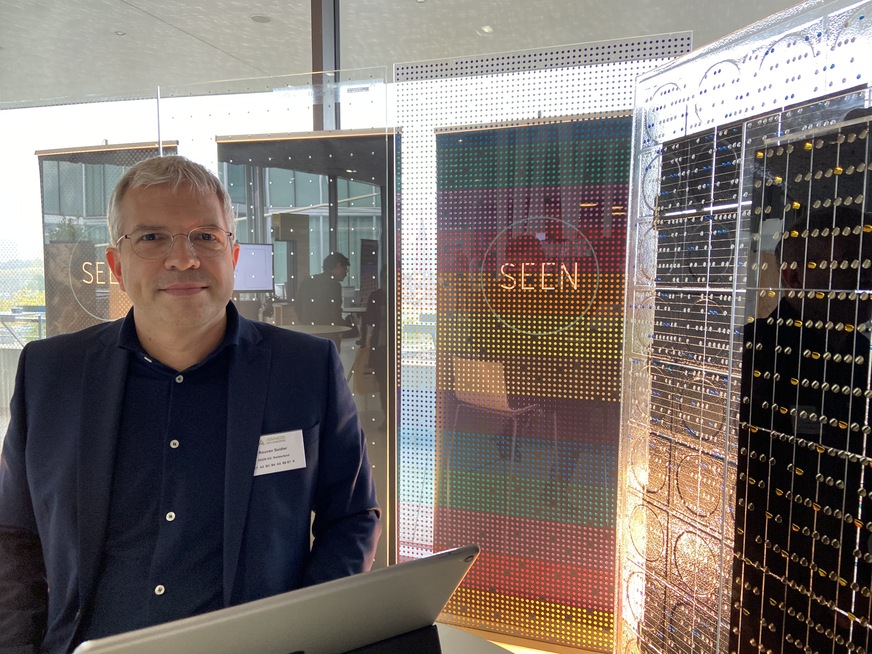
Matthias Rehberger / GLASWELT
The digitalisation of facades is advancing
It was also exciting to see how the digitalisation of facades, including glass and building elements, is progressing. To this end, Saint-Gobain presented its new digital service iWin (www.iwin.digital) in Bern. This brings the facade industry and its suppliers a whole range of advantages.
According to the developers, iWin opens up great potential for the entire construction and real estate industry, because the new service connects the digital world with real facades and real estate - and does so throughout the entire life cycle.
What is behind it? The insulating glass units of a facade are equipped with an RFID chip in the edge seal that cannot be seen. This enables glass processors, window and facade manufacturers as well as building managers and maintenance teams to identify and track each glass unit and the associated facade element like a DHL package: from the order to delivery to the processor, further on the way to installation, as well as the location on the construction site and finally as part of the building after installation.
What data can be recorded?
Each insulating glass unit is assigned an individual iWin ID and this is linked to a database. Glass processors and facade builders, as well as architects, general contractors and facility managers can then retrieve the relevant data for each individual pane and for the associated building element. The RFID chips can be read with common readers, and the use of smart-phone apps is also planned.
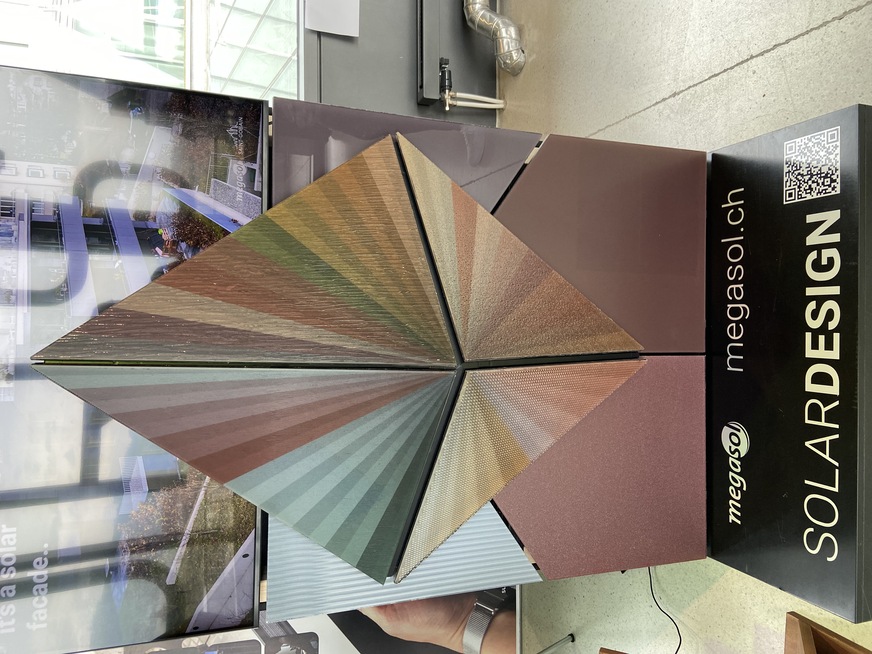
Matthias Rehberger / GLASWELT
Also interesting: A new generation to take over the seele Group
About the recorded data: This can contain information about the glass, such as type, format, coating, etc. Furthermore, delivery data can be stored as well as the allocation of the facade element for installation (exact facade position) and even links to installation videos can be stored.
And this is where the circle to recycling closes: urban mining in the context of the circular economy is simplified because the materials of the respective building element are stored and can thus be precisely and economically allocated and distributed by those responsible for recycling.
Via iWin, the recyclers not only receive dismantling instructions, but also precise data on the available glass qualities.
New know-how needed for facade manufacturers
It also became clear that the development of such new electronic applications as well as electronic control elements in the building envelope is progressing faster than expected. And this will also influence and change the work of facade constructors and the craftsmen and fitters will have to expand their know-how accordingly or train or find employees who can handle them.
One thing became abundantly clear in the presentations at Advanced Building Skins 2022: as facades are becoming more and more complex, all those involved in construction as well as the facade builders and tradesmen carrying out the work will be required to communicate much more with each other and to work more closely together in the future.
Matthias Rehberger
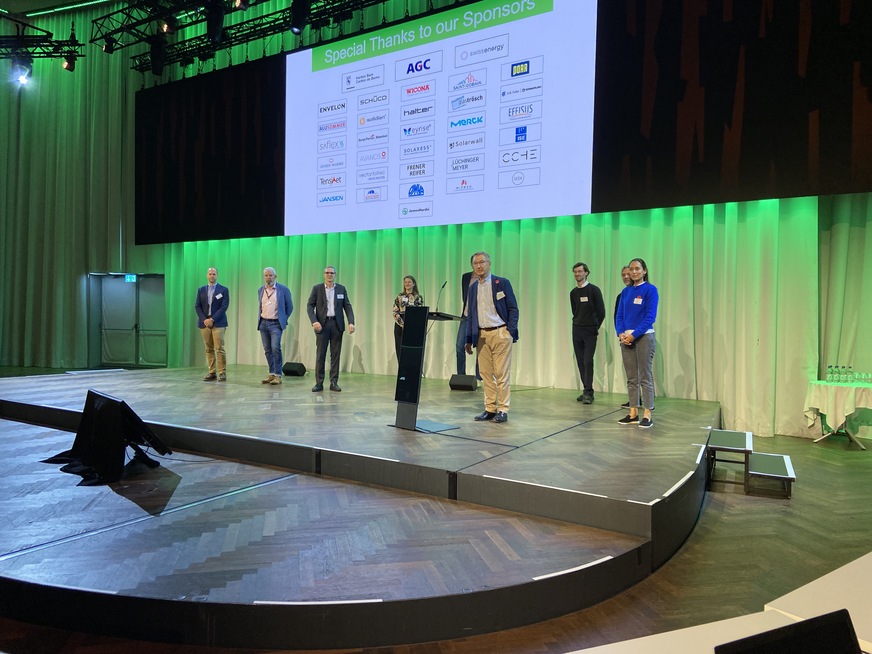
Matthias Rehberger / GLASWELT







